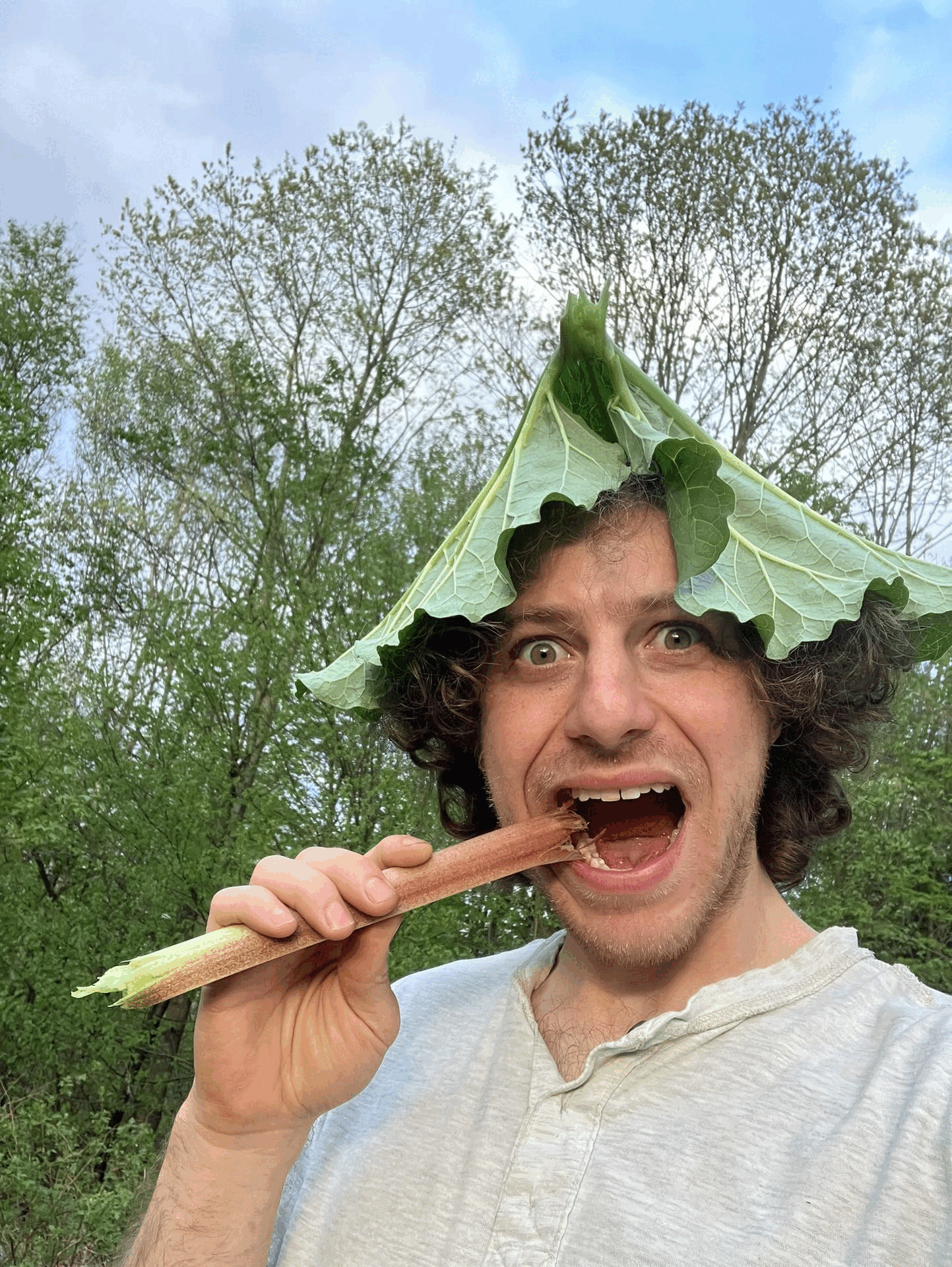
As one steps into plant-awareness, the world is revealed as a living history lesson. Allyship with certain plants is forged through enduring edibility, usefulness, importance to the environment, or other pleasing qualities. Other plants can become enemies; ask any agriculturalist about their personal weeding foes and you’ll be treated to a treatise on galinsoga, dock, or the like. Land stewards of all types will identify the “invasive” plants in their area and the lengths they go to to keep them in check. (We just posted about pulling the problematic honeysuckles and barberry out of our woods!) Some plants, however, seem to defy such simplistic relations. Allegiance shifts as information and context comes to light.
Consider the dandelion. A ubiquitous, iconic weed. Despite being a perpetual favorite flower amongst children, . We were raised to see dandelions as a nuisance to be eradicated, as they pose a threat to Lawns. This view of dandelions was complicated for us when we learned that all parts of a dandelion are edible (and medicinal). The young tender leaves can join a salad as bitter greens, be thrown into a soup/such, or dried to be used as tea. Dandelion tea reduces inflammation. With Karen sporting a thumb injury and Mookie perpetually flirting with arthritic fingers, it has featured prominently in our springtime tea repertoire. The flowers can be battered and fried as a standalone treat or petals can be added to brighten and sweeten any dish. Dandelion root can be dried and ground into a coffee-like substitute. All that aside, it is a neat plant that is fun to play with! (Just ask literally any child).
Yet another layer to our dandy-relationship emerged as we learned that they are introduced plants. The dandelion hails from Eurasia, and belongs to the host of plants that traveled to this land with European colonizers. This raised reasonable questions for us: what is the dandelions’ place in our ecosystem? Should we interfere with its growth or spread?
There are many different opinions on our onus towards native plants, ranging from indifference to abiding loyalty to native purity. My relationship to great mullein (a fascinating plant that I have always been drawn to, unable to remove, and have even potted up and tried to bring inside!) was similarly complicated after learning of its invasive impacts on the west coast. Yet, there is something very off-putting about the no-holds-barred attitude towards invasive/introduced plants. It is one thing to decide a plant is out of balance and remove it. Must we also demonize and take pleasure in eradicating it? The violent glee with which some folks stomp spotted lantern flies fills me with the same uneasy feeling. (Do not get me wrong, my foot comes down on them as fast as any. I just don’t relish the killing. After all, the bug did nothing wrong, it’s just existing in the wrong place).
The hardline approach on introduced species leads to some interesting conclusions, such as that earthworms are invasive around the world. This seems self-evidently silly, but there is something to it. In Vermont, the last 2.58 million years have been marked by the advances and retreats of the Laurentide ice sheet, which killed any earthworms that may have been previously present.
As the last retreat occurred 13,500 years ago, this left Vermont with no indigenous earthworms. Since then, our northern soils have been populated by worms from south of the last retreat and, of course, carelessly introduced species from around the world. The (re?)introduction of earthworms in the north will undoubtedly result in fundamental changes to our ecosystems. The forests here are adapted to growing with an abundance of undecomposed leaf litter on the ground. Earthworms eat this leaf litter (very efficiently), which could threaten the survival of certain forest species, especially trees and ferns. Does this mean earthworms in Vermont are bad?
For us, it is a humbling reminder that our very concepts of nativity and introduction are just that: human concepts. They are inherently relative, picking a moment in time to demark what “should” be there, and what “should not”. Our limited scope (and waning allegiance to nature) prevent appreciation of the broader patterns of life. That is not to say we cannot find usefulness or power in our demarcations. When evaluating whether a species is in balance in its environment, it is helpful to know its history in the region. Regard easy answers with suspicion, though — one’s history is not enough to predict future relations. So, if earthworms are too cosmopolitan to have a rightful place on this earth, what does that say about us humans? If we decide that being introduced equates to not belong, then we’ve lost the point.
Our favorite framework for healthy relations to our indigenous/imported plant friends comes from Mary Siisip Geniusz, in the book Plants Have So Much To Give Us, All We Have To Do Is Ask (emphasis added):
We have to deal now with the land as it is. It would be helpful if the people who have the power in the land now stopped bringing in other foreign species, but if they cannot or will not, we still have to deal with what comes here. It would help, though, if everyone adopted a more indigenous philosophy about plants and started to utilize the virtues that different plants have to share with us. If the people in the South started to eat the kudzu (Pueraria montana var. lobata) the way people in parts of Asia do, or weave it into baskets, or use this plant in any of the array of possible uses for it, they would not have to spend money on huge eradication projects. McLean Hospital, in affiliation with Harvard, released a study that says that if an extract of the roots of kudzu is given to binge drinkers for as little as one week it reduces their beer consumption by one half, totally without side effects (Virginia A. Smith, 2005). Surely there are enough binge drinkers in the South to eradicate the kudzu in a very short time if they started to use it the way it has been used in Chinese medicine for hundreds of years.
If the people in the Midwest started to utilize purple loosestrife (Lythrum salicaria), they would find it is useful as an emergency food, that it can be made into a recreational alcoholic drink, that it will tighten skin to counteract wrinkles, and that it can be used to give a sheen to blond hair. It is an intestinal disinfectant that is helpful in treating diarrhea and food poisoning. It has a number of other potentially vital medicine applications (Bremness, 186). If all of that were commonly known, there would be a run on purple loosestrife that would soon root out the last of the plants that now are threatening to displace many of the native, wetland species. If one uses a “weed”, it is not a problem.
All plants have virtues to share with us. Even the bodies of our invasive honeysuckles, or whatever pernicious weeds one has, provide invaluable materials and nutrients for the compost pile. While it may be useful context to know the history of a plant (or other being) in a land, it is just that: context. There is no undeniable normative truth attached to the labels of “native”, “introduced”, or even “invasive”. Everything is relational, everything is in flux.
Perhaps we are quick to judge these plants because we’ve been taught to distance ourselves from our culture’s extractive histories. We desperately want the plant to be in the wrong, and thus deserving of destruction. But almost all of our problematic plants are only here because of the callous actions of humans.
[Implicit in our view of invasive species is how we see our own impact on the land.] Living in the settler colonial tradition, the violent rejection of these species reads like a Freudian confession of how we view ourselves. Clinging to binaries, in particular “introduced vs native”, “belonging vs not”, severely limits our actionable options. The end conclusion is almost always that eradication is necessary. Yet this is just a mirror— a confession about our own inability to live in balance with the land we are on.
Indeed, our cultural legacy is one of wonton disruption and shirking responsibility for repair. We can learn to live differently, though. We find a hopeful framework in the worldview of those who do honor and live in balance with nature. This knowledge may be marginalized and scattered, but it is not broken.
Each day, we try to move closer to living in balance with the land and other beings on it. Much of that work is inner— to hold space for plants to possibly naturalize is a prayer that we might, one day, too.
“Weeds” we are currently utilizing:
Japanese Knotweed (food)
Dandelions (food, medicine)
Hedge Bedstraw (food, compost)
Plantain (food, medicine)
Jill on the run (food/medicine)
Violets (food)
Stinging nettle (food)
Wild carrot (food)
Mullein (medicine)
Sorrel (food)
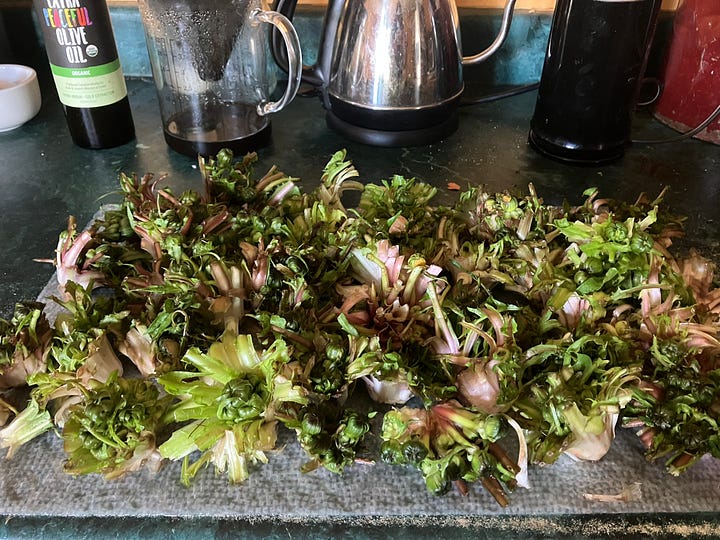
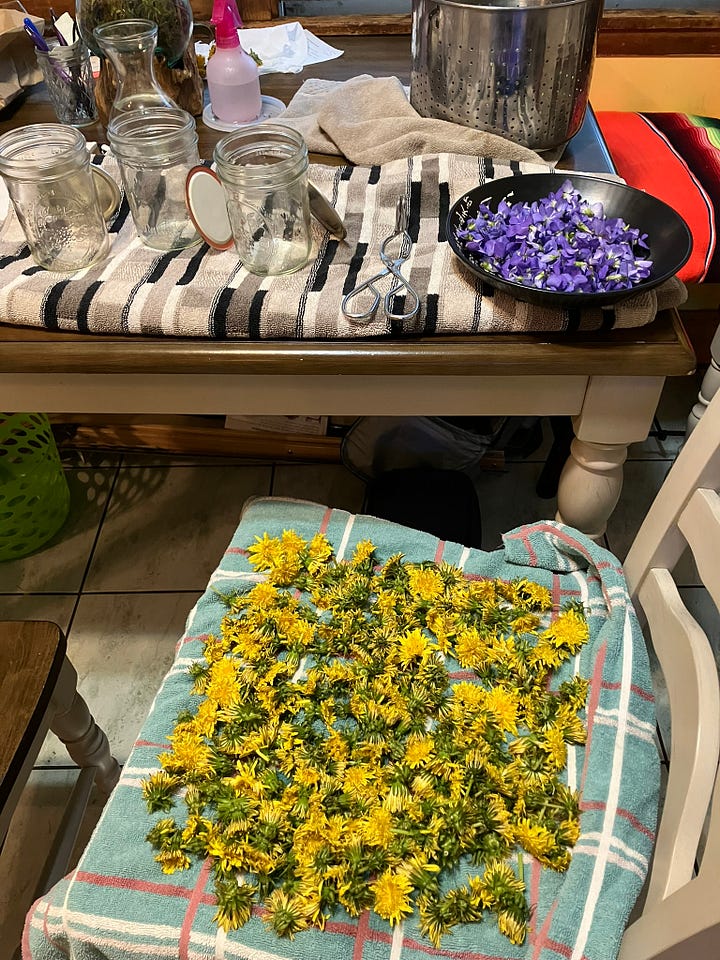
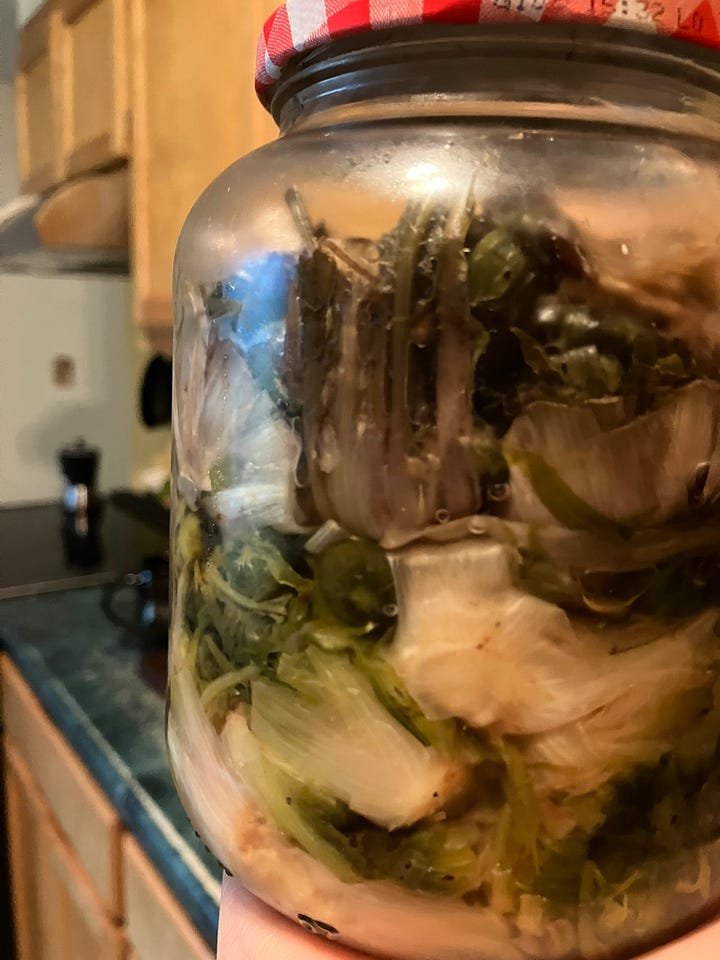
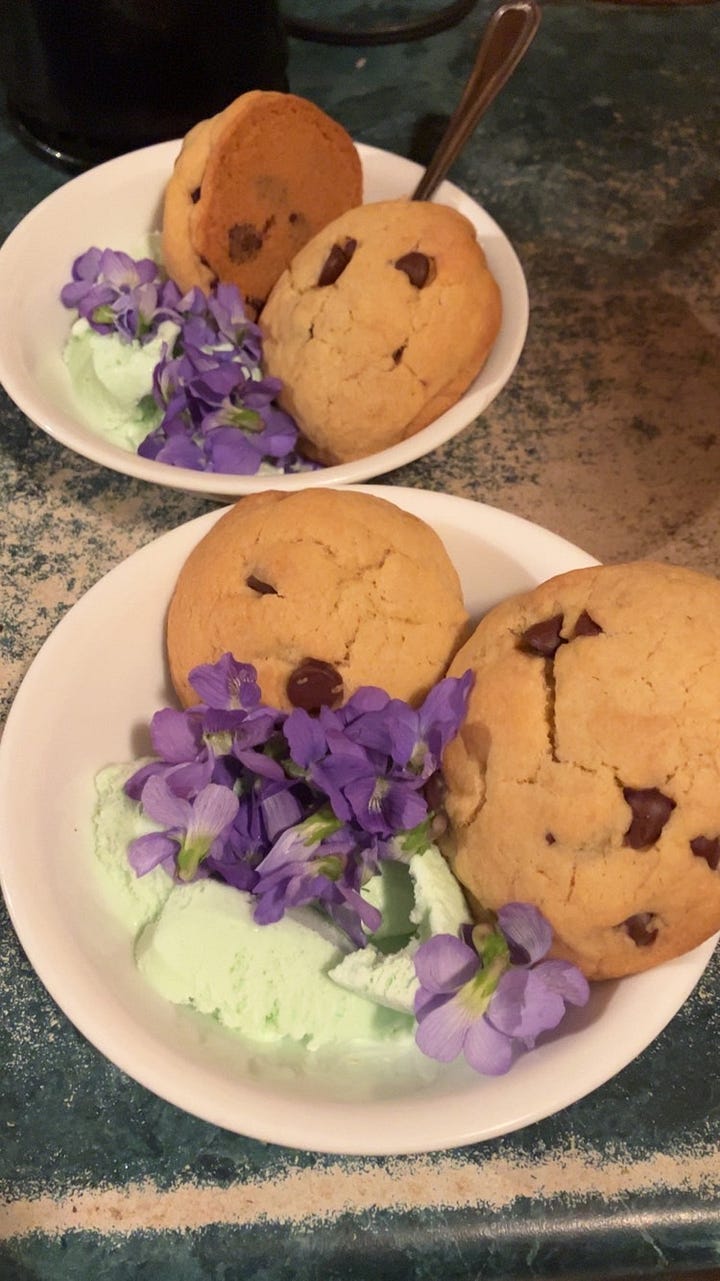



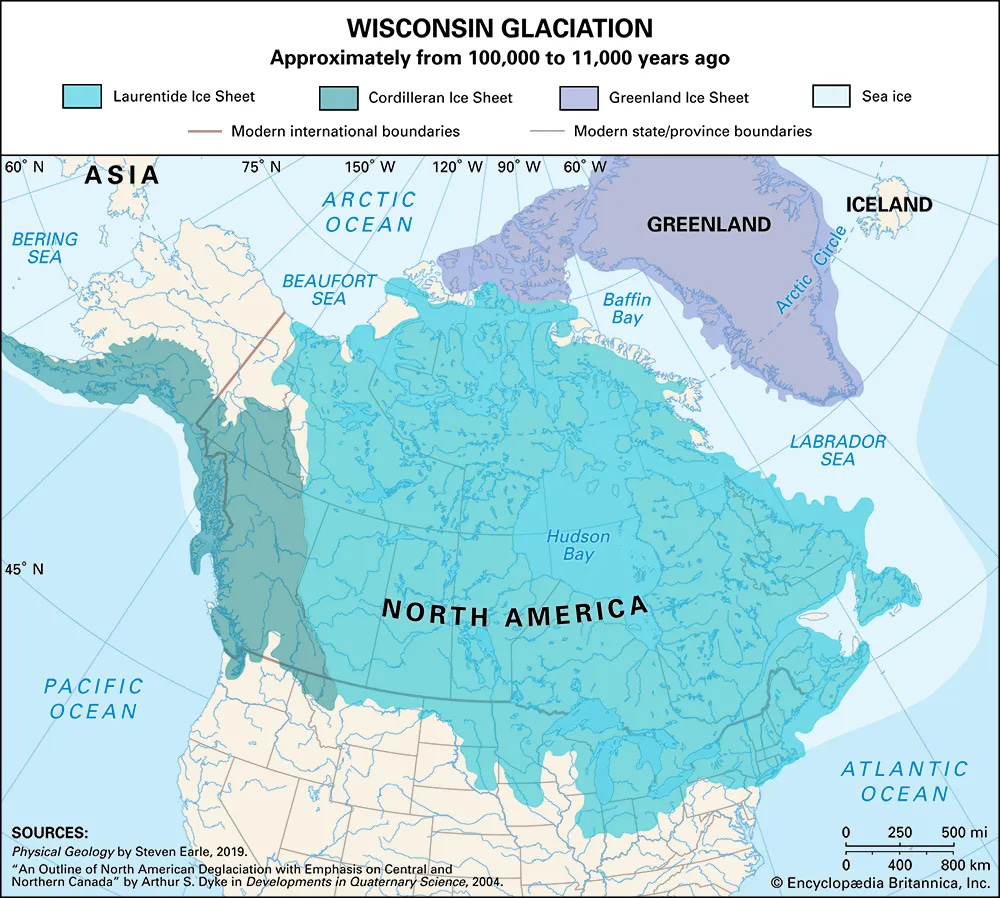


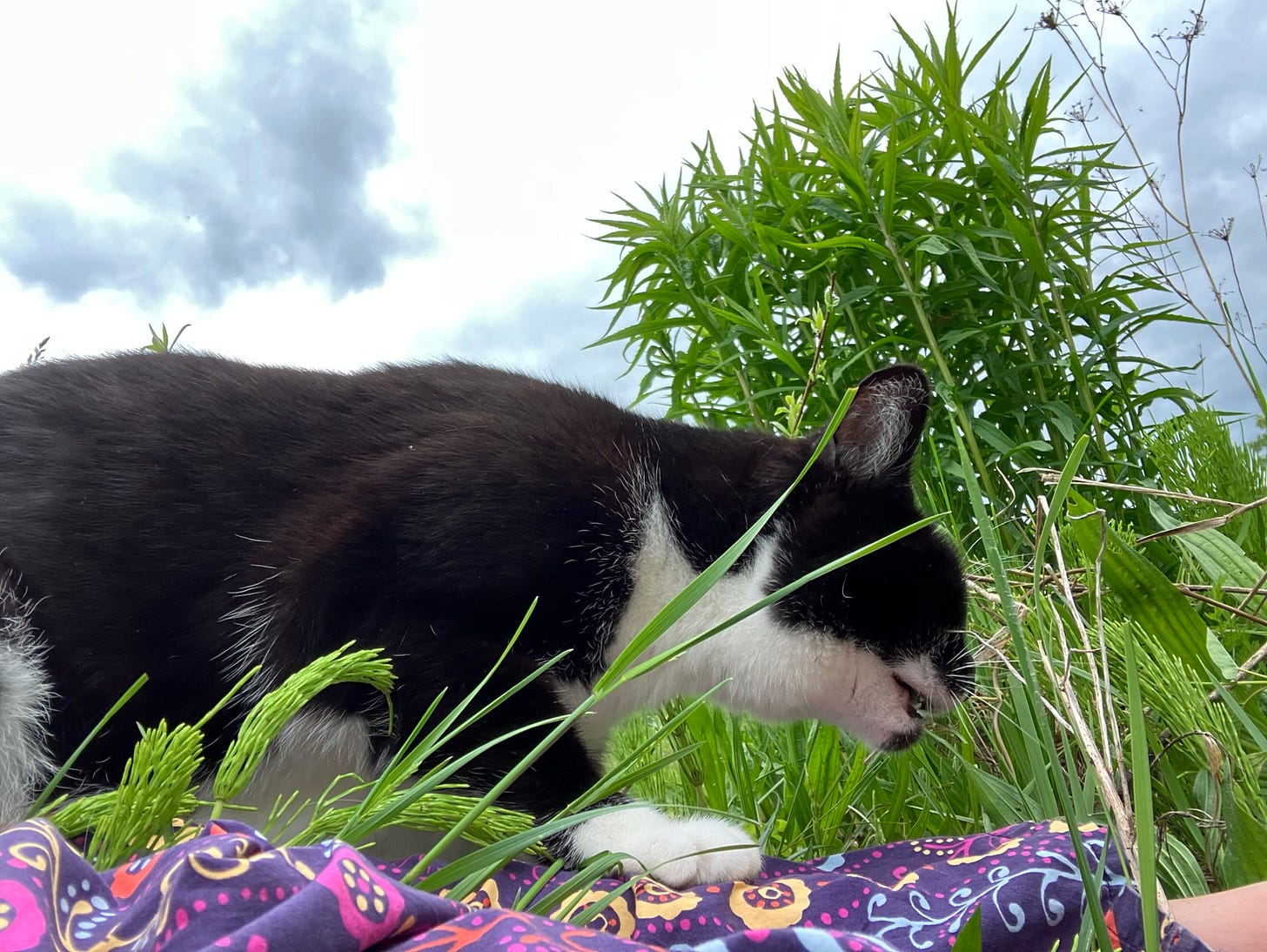
My trip down to Armstrong Creek highlighted just how little I know about the various uses of our plant brethren. The book mentioned was strewn across a table with various other works on similar topics. I
consider myself steadfastly a nature enthusiast and lover. If I barely have this knowledge, no wonder the rise of round-up has plagues and poisoned our land, among various other traumas humans have caused this planet. Thanks for the words!